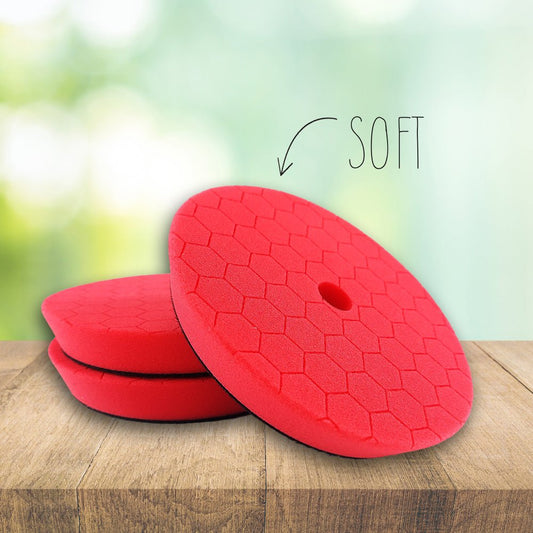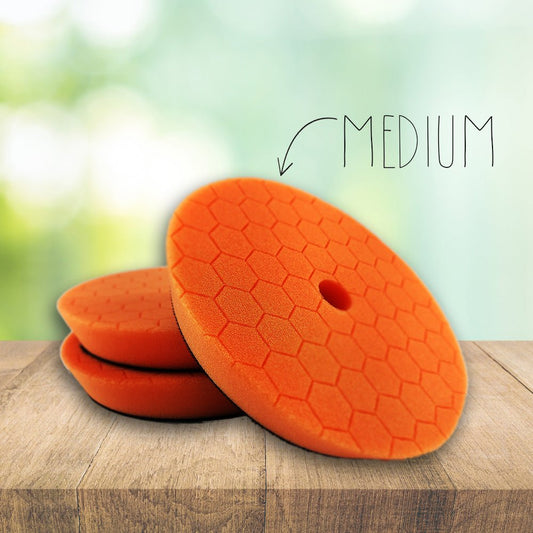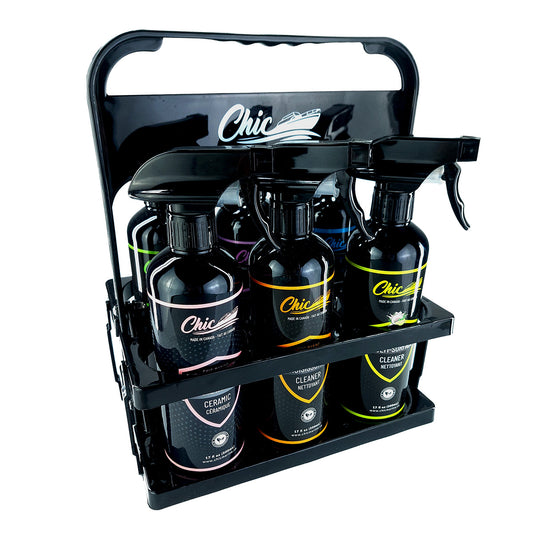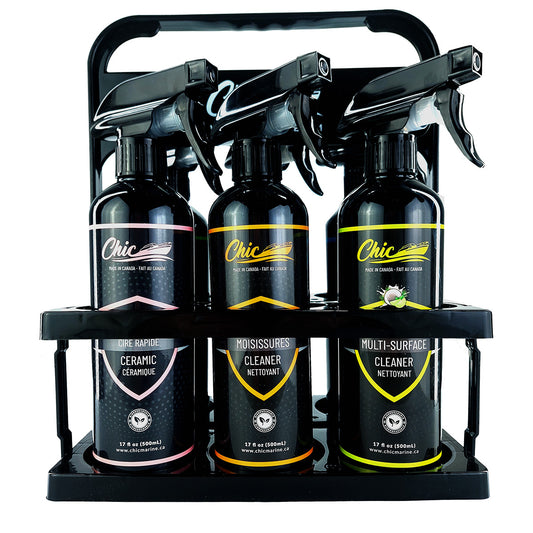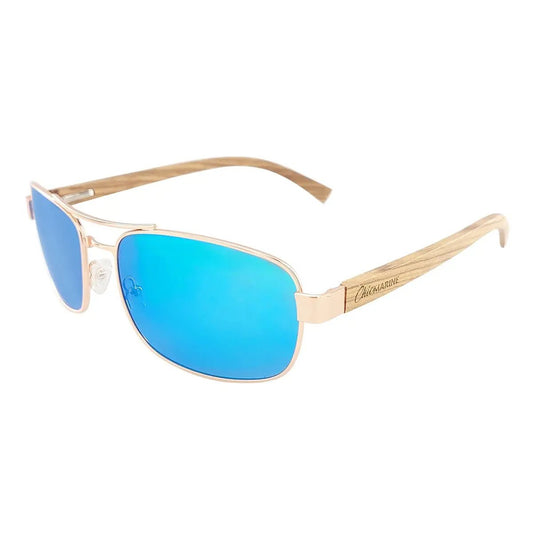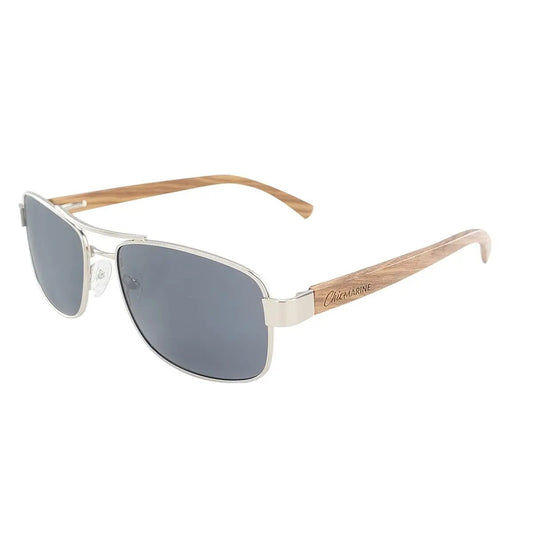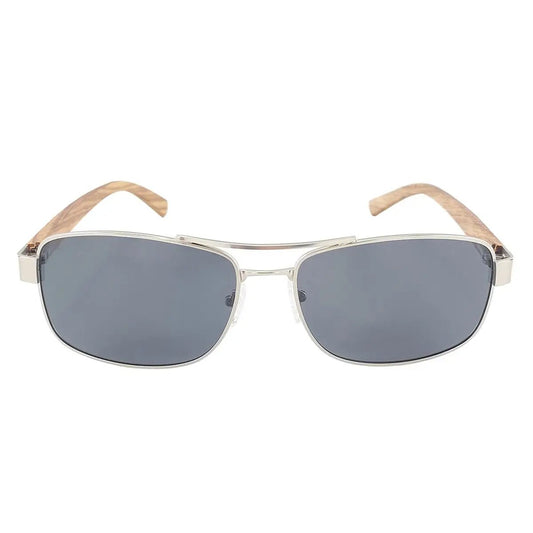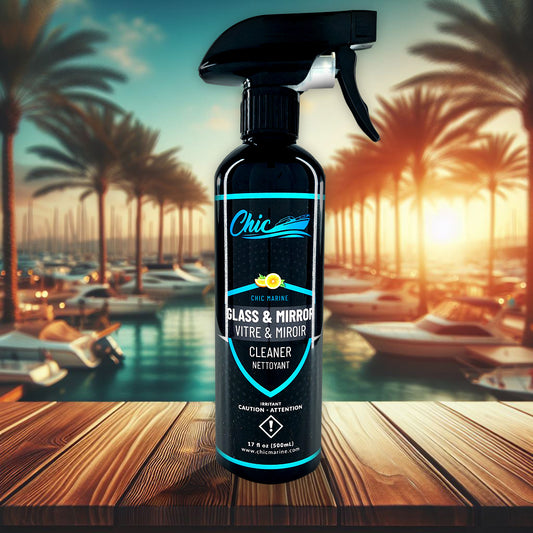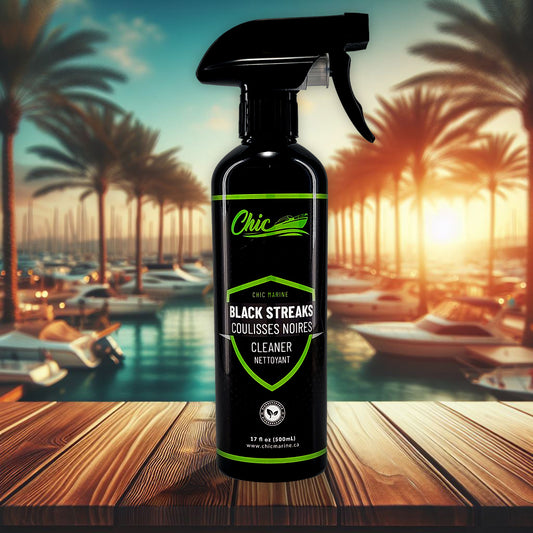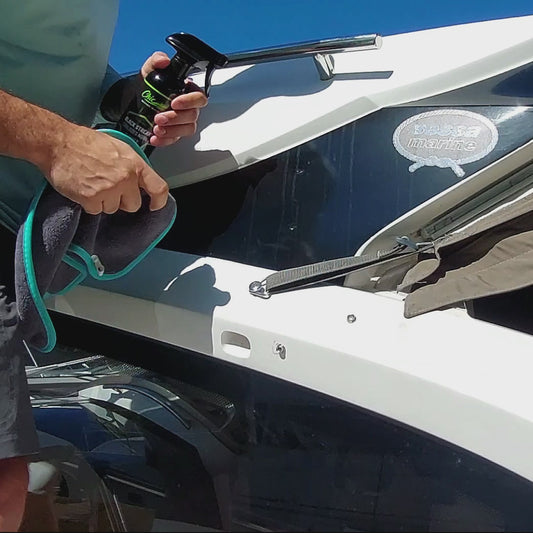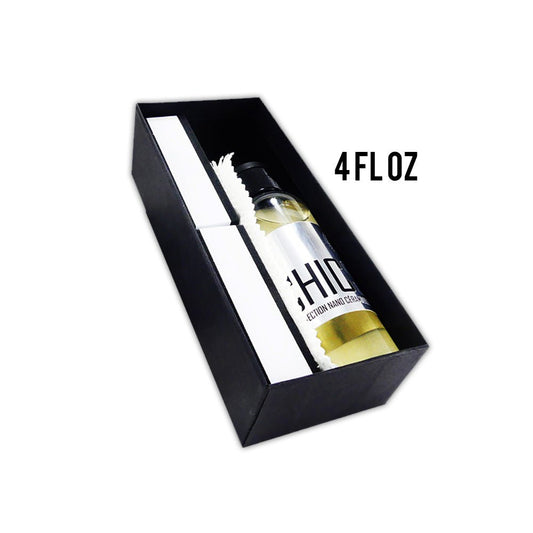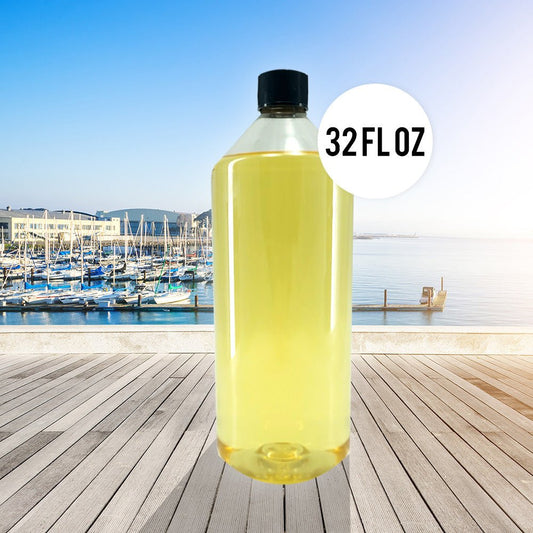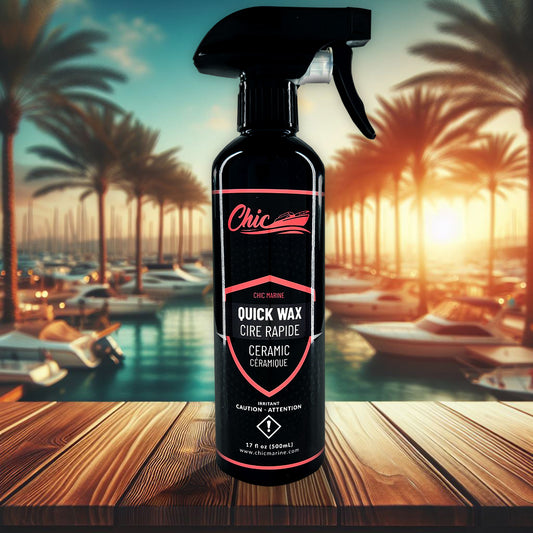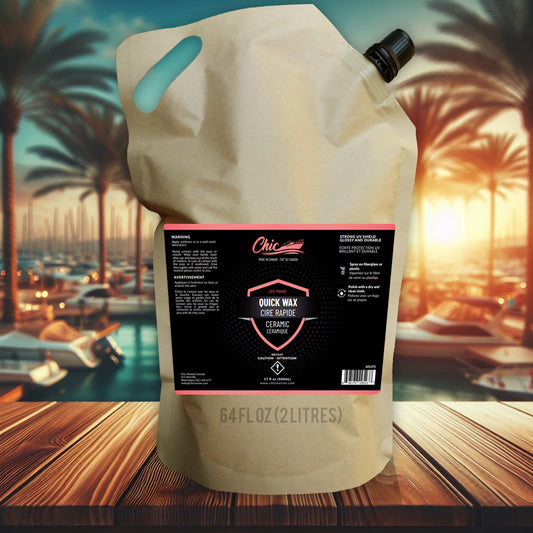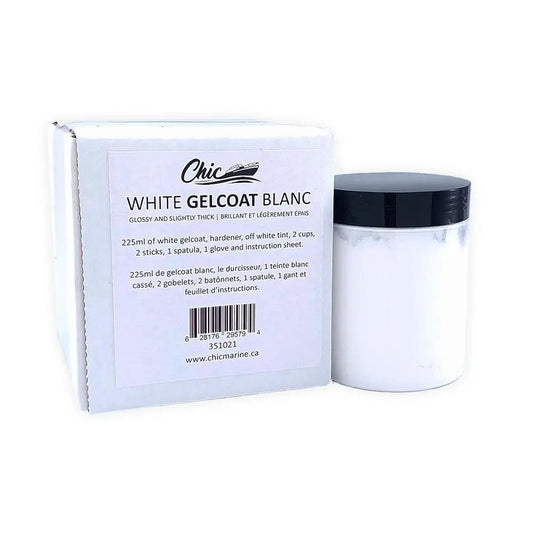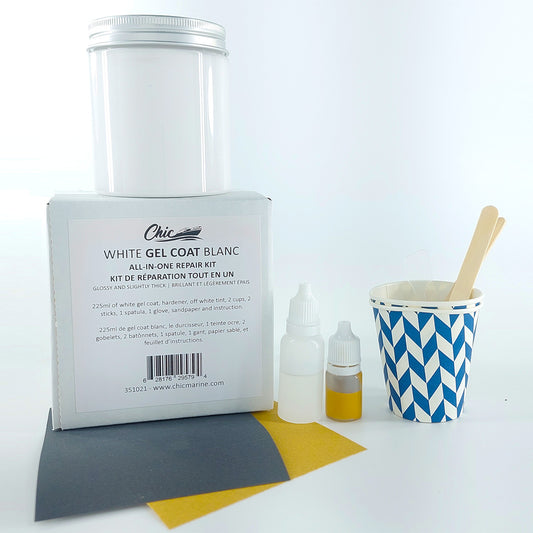Chalky Boat Fiberglass - The Scientific Explanation
Boating enthusiasts cherish the sleek, glossy appearance of fiberglass hulls, but over time, exposure to the elements can lead to a frustrating phenomenon known as oxidation. This process, primarily triggered by UV sunlight, can transform the once lustrous surface into a chalky, matte finish. Let's delve into the science behind this common issue and explore preventive measures to maintain your boat's aesthetic appeal.
UV Exposure and Chemical Reaction
The sun emits ultraviolet (UV) radiation, a powerful force capable of breaking down molecular bonds. When fiberglass is exposed to prolonged sunlight, UV radiation interacts with the resin and pigments in the gelcoat—a protective layer covering the fiberglass. This interaction initiates a chemical reaction, causing the gelcoat to degrade gradually.
Formation of Oxidation
As UV radiation penetrates the gelcoat, it triggers a process called photodegradation. This process breaks down the polymer chains within the resin, leading to the loss of structural integrity and surface gloss. Additionally, UV exposure causes the pigments in the gelcoat to fade, contributing to the overall dull appearance.

Chalky Residue and Matte Finish
One of the most visible signs of fiberglass oxidation is the formation of a chalky residue on the surface. This residue consists of degraded resin particles and pigments that have been broken down by UV radiation. As a result, the once smooth and glossy surface becomes rough and matte, devoid of its former shine.
Preventive Measures
While oxidation is an inevitable consequence of UV exposure, proactive measures can significantly delay its onset and minimize its impact:
1. Regular Cleaning: Routine cleaning with mild detergents can remove surface contaminants and prevent the buildup of grime, reducing the likelihood of oxidation.
2. UV Protection: Applying UV-resistant wax or polish forms a protective barrier over the gelcoat, shielding it from harmful UV rays and prolonging its lifespan.
3. Covering and Storage: When not in use, storing the boat in a covered area or utilizing a boat cover can shield it from direct sunlight, mitigating UV exposure and minimizing oxidation.
4. Periodic Maintenance: Inspecting the gelcoat for signs of oxidation and promptly addressing any issues can prevent further deterioration and preserve the boat's appearance.
The oxidation of boat fiberglass due to UV sunlight is a natural process that can detract from the aesthetic appeal of marine vessels. By understanding the underlying mechanisms and implementing preventive measures, boat owners can prolong the lifespan of their gelcoat and maintain the glossy finish that epitomizes the allure of fiberglass boats. With proper care and maintenance, you can continue to enjoy smooth sailing and head-turning beauty on the open water.
